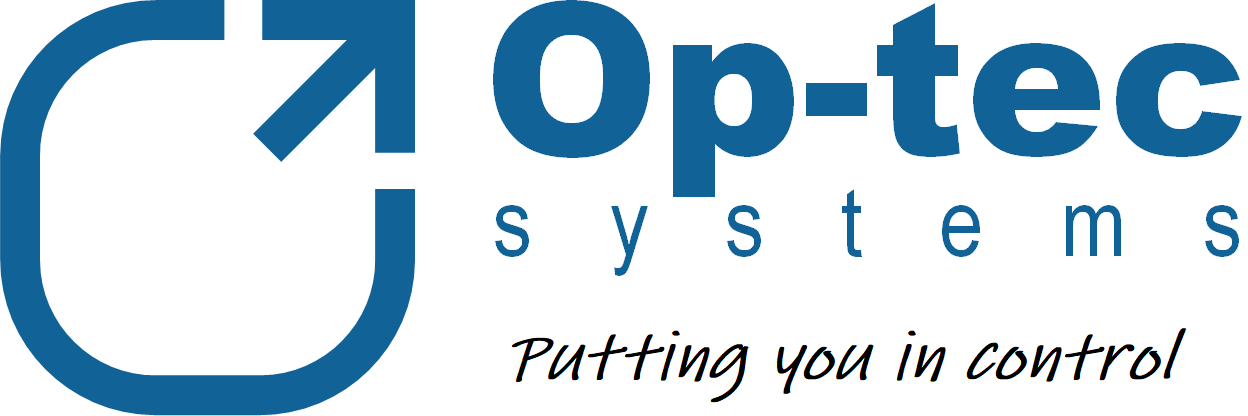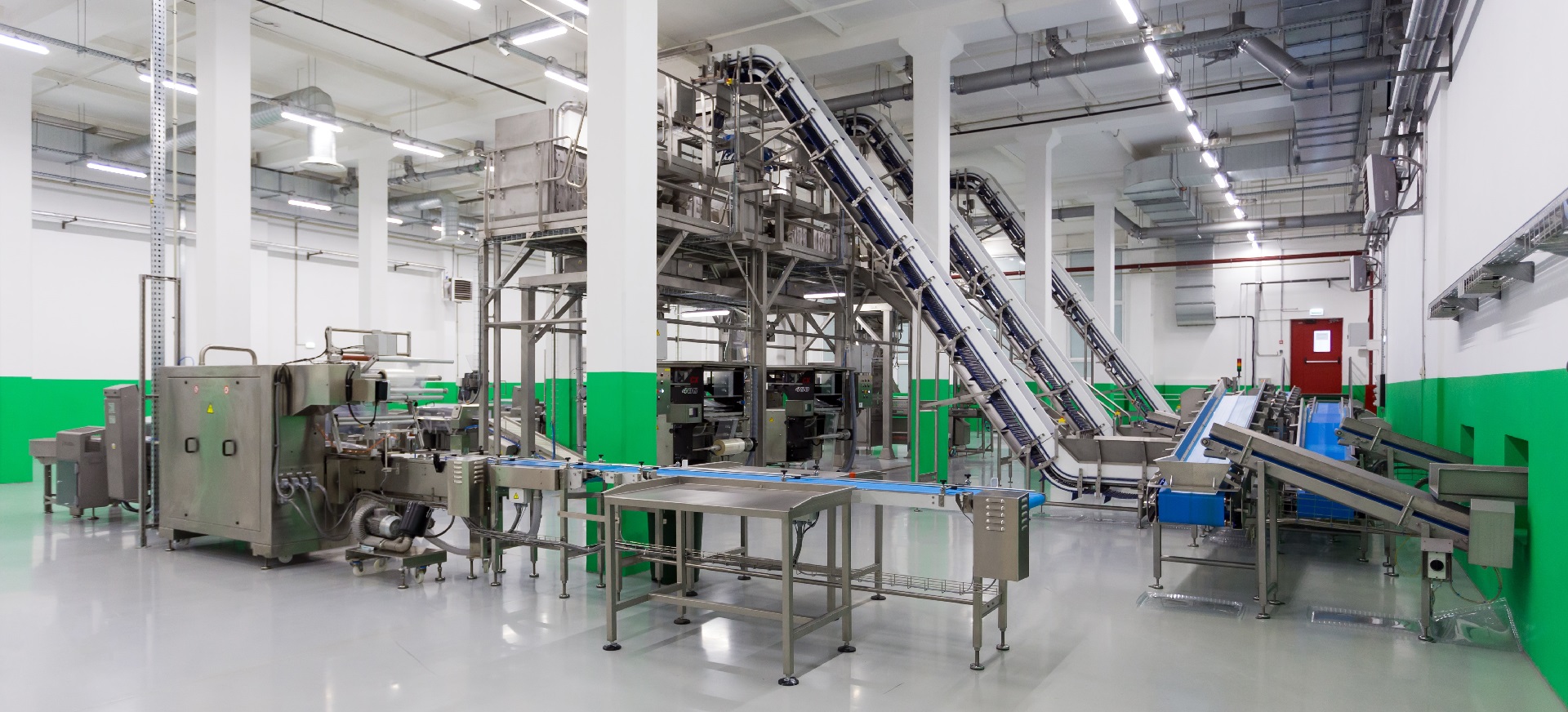The below quote, often attributed to Einstein, suggests whatever got us to where we are now can’t take us to where we want to be. This can definitely be said for automation systems!
“We cannot solve our problems with the same thinking we used when creating them!”
Albert Einstein?
This article aims to highlight the fact many automation systems were developed and installed years ago. Since, a whole series of events and changes have occurred which means investing in your automation system can bring a huge amount of value and benefit to your organisation. We’d like to highlight 5 reasons why continual investment in your automation systems is a great idea.
1. Productivity
This should be the most common reason for investing in your automation system. The number of products your manufacturing facility can produce over a period of time ultimately determines your income revenue. In our experience, we can’t think of a single manufacturing plant that couldn’t be made more productive through improvements in throughput.
Quite frankly, there are always ways of improving productivity via automation. Areas of the plant presently manually operated can be incorporated into existing automation systems, often for very little cost, all activities could be further optimised. This is why the following sections on Obsolescence, Reliability, Efficiency and Ease of Use have such an important and inextricable effect on improving your plant’s productivity.
2. Obsolescence
This issue concerns all companies, regardless of size or the industry they operate in. Obsolescence puts companies at risk in two ways: in the short, and long-term. In the short-term obsolescence means a lack of spare parts. This prevents future expansion or modification of the system and means reliance on a shrinking pool of technical specialists for maintenance and repairs.
Over the long-term as assets age, they likely become less fit for purpose. Typically, older equipment will be less efficient and flexible, whilst providing less ‘feedback’ on its status preventing predictive maintenance or identification of improvement opportunities. While this longer-term risk doesn’t threaten to disrupt the business, we’ve seen it lead to “death by a thousand cuts” to product lines, plants and even entire facilities as they becomes slowly less competitive in their marketplace.
To guard against obsolescence monitor the availability and status of your systems on a regular basis (easily missed in the day to day process of keeping your plant running). Determine when upgrading the system will offer the best cost-benefit, ensuring you look at the risks involved if your system fails catastrophically in the meantime or the project doesn’t go smoothly.
3. Reliability
Poor reliability is the bane of any production system. Wherever you sit in your organisation (e.g. CEO, Operations Manager, Engineer or Operator) you’ll be aware of the result of faults which cause equipment to fail as they damage your numbers, customer relationships or generate more work.
The root causes of poor reliability often end up overlooked or ignored once things are back up and running. Treating shutdowns as a nuisance rather than something which can be prevented stores issues up for a later date. It may not be convenient to address things now, but will it really be easier in a few years’ time?
Doing this also encourages a culture of: “if it ain’t broke, don’t fix it!”. Taking this approach, rather than driving improvements through specific targeted and measurable criteria ultimately leads to: “if it isn’t totally broken, don’t fix it!”. Human nature then means the actual cost-benefit is never properly determined and temporary work-arounds remain in place.
4. Efficiency
This compliments Productivity. Rather than doing more with the same, this can be seen as doing the same with less. We often see the benefits of investing to reduce ongoing personal expenditure, whether it’s a more fuel efficient vehicle, insulating the house or buying better quality items ‘built to last’. However due to a focus on short-term profits often make different decisions on behalf of our businesses.
Funding capital expenditure is the most common reason given for not investing in the efficiency of production equipment. In reality it’s often easier for individuals to ‘save up’ low cost opportunities then attempt to solve as many as possible with a large project than justify each separately. This leads to numerous low cost opportunities for increasing efficiency being missed.
This “low hanging fruit” can range from optimising (tuning) control algorithms to improve quality, reducing raw material consumption and better machine utilisation to save energy. Further, efficiency gains are not limited to reduced consumption, they can be realised by lowering change-over times or speeding up cleaning stages. Think of inefficiency as waste of any kind, be it waste product, reworked product, systems standing idle, etc.
5. Ease of Use
If there’s an easier way, people will take it. Old equipment is often seen as easier to use. This can stand in the way of new technology being adopted, or even existing systems being used if people find it easier to bypass them. Likewise, current manual operations may be simplified by automating certain activities allowing operators to focus on more valuable things - like identifying opportunities for further improvement.
The same goes for those overseeing production from a computer screen. If the information they need to make decisions is at their fingertips, displayed in an easy to read format, they’re far more likely to use it.
We still find things such as metering readings being recorded by someone walking around the plant with a clipboard, who enters the data they’ve written down into a spreadsheet then emails it to colleagues. The data is then either visualised in a presentation, entered into an business planning system, or both. This process is labour intensive, takes skilled workers attention away from important tasks and is completely unnecessary considering the business planning software likely has the ability to accept meter readings directly. Automating data collection in this situation would make several jobs easier and allow attention to be directed to acting on the information recorded in real-time, rather than after the delay caused by manual activities.
While this may seem an extreme example, we assure it is not. There will be similar opportunities in your workplace, and you may be surprised at what your existing systems are capable of, particularly if they were configured some time ago with your original processes in mind.
We hope this article has inspired you to look again at ways you can improve your automation systems and better use them to drive operational excellence in your company.
For more information on how we can help you do this follow the link below to the Services section of our website.

